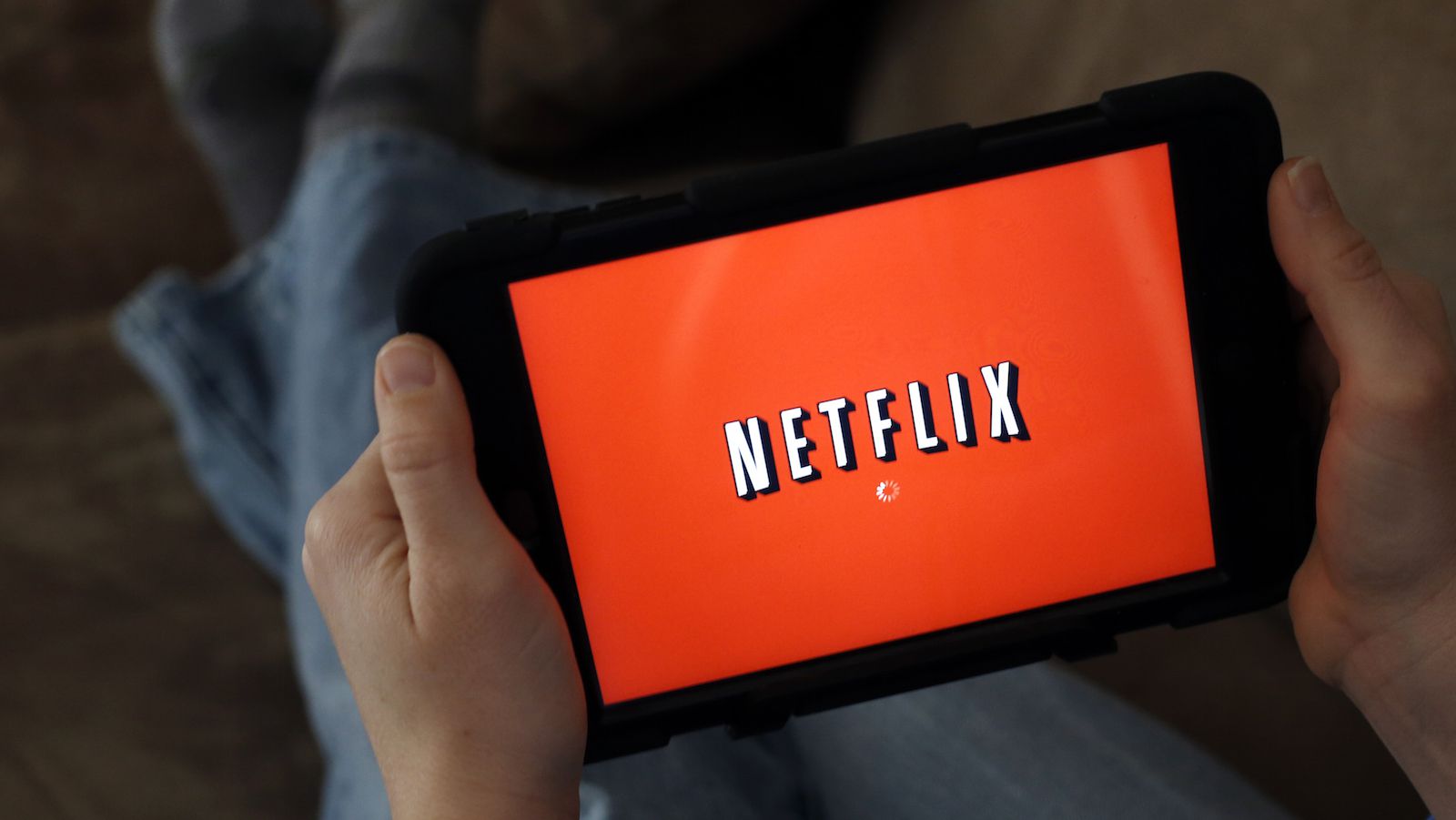Netflix has found a way to make streaming video look better on your phone
Earlier this year, Netflix expanded its service pretty much everywhere in the world—including regions where people access the internet primarily on mobile phones and on developing, often unreliable cellular and broadband networks.


Earlier this year, Netflix expanded its service pretty much everywhere in the world—including regions where people access the internet primarily on mobile phones and on developing, often unreliable cellular and broadband networks.
As such, the streaming-video giant needed to find smarter, more efficient ways to deliver high-quality video on mobile without monopolizing subscribers’ data plans or eating up their phone storage.
The solution came when Netflix realized that each piece of content needed to be encoded—or compressed into versions that can be played on TVs, desktop, tablets, mobile phones, and other devices—differently to look its best.
For example, a fight scene in a darkened hallway on Daredevil is much more complex to encode, and requires more bandwidth to process, than a shot of a clear sky in the same episode. Ranges of light and dark also tend to trip up video codecs, or software that compresses and decompresses digital video. Animation like the Netflix kids show The Deep are normally easier to process than live-action titles. Netflix released a complicated 12-minute film noir earlier this year specifically to allow engineers to experiment with processing different types of video.
To account for these visual differences, the Silicon Valley company slices each and every Netflix video into one-to-three minute “chunks” that are analyzed and encoded by a computer separately, it outlined on its tech blog last week. Some pieces of an hour-long episode of Black Mirror, for example, might take up more storage space or require more data to stream than others because they require higher resolutions to look their best.
Netflix rolled out this feature last week with an update to its mobile app that enabled offline viewing—allowing subscribers to download videos to their devices using this same technology. It also introduced new compression formats and encoding settings to make those downloads more efficient, which it detailed in the blog post.
The effort builds on an update that Netflix introduced last year, which customized the encoding settings for each individual title, Variety reported. It reportedly helped save up to 20% of data while delivering better quality.